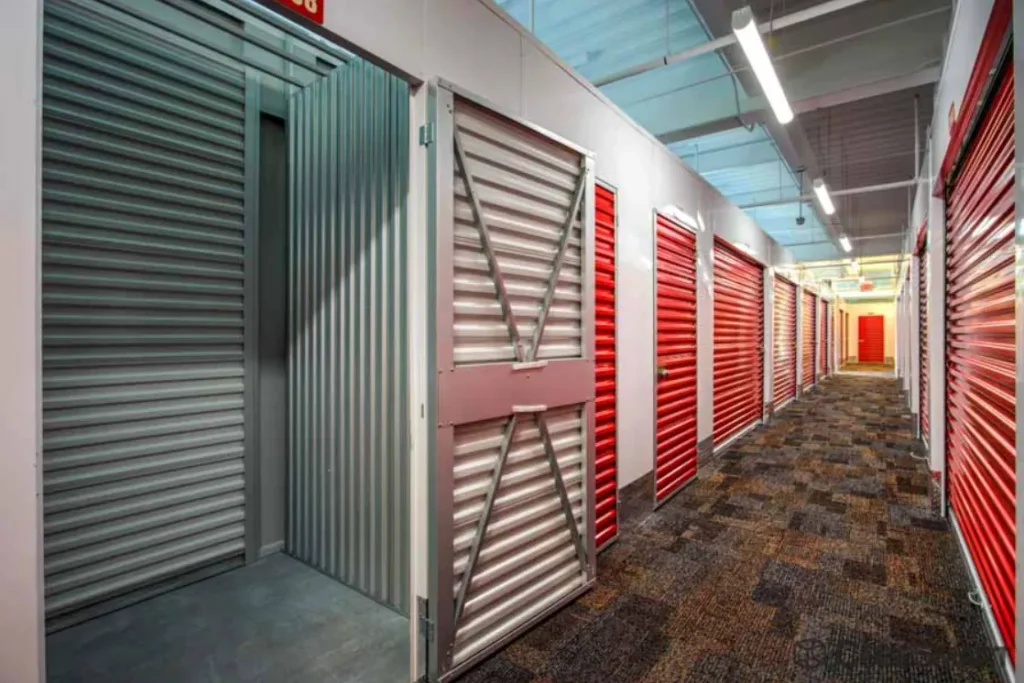Finding the right self-storage unit can be a daunting challenge, whether you’re downsizing, relocating, or simply trying to declutter your home. With a myriad of options available, it’s essential to understand your storage needs to make an informed decision. Knowing what to look for in terms of size, security, and features can turn a potentially stressful process into a streamlined and satisfying experience. In this article, we’ll guide you through the essential steps to choosing a self-storage unit that fits your requirements perfectly. Keep reading to unlock the secrets of efficient US Storage Units selection.
Assess Your Storage Needs and How To Determine Space Requirements Effectively
Before you commit to a storage unit, take stock of the items you plan to store. A detailed inventory will help in assessing the amount of space you need, potentially saving you money by avoiding the rental of a huge unit. Consider the size and shape of your belongings, as well as whether they can be stacked or need to be accessed frequently. This preliminary step lays the foundation for a successful storage experience.
Seasonal items, sporting equipment, and extra furniture are everyday items for storage units, but remember, space is a commodity here. Measure large items and estimate how much room you’ll need for boxes and irregular-shaped goods. Keep in mind that you may require additional space for aisles if regular access to your items is necessary.
Height is often overlooked when calculating storage needs. Many units have ample vertical space, which can be optimized with shelving and stacking. But be careful not to overestimate how high you can stack without risking damage to your items. Additionally, account for any special conditions your items might require, such as climate control for sensitive materials or documents.
Once you have a sense of how much space you’ll need, use online tools or speak with storage facility representatives for recommendations. They often have experience and can offer guidance based on the inventory you provide. Remember, an efficiently packed smaller unit can be more cost-effective than a larger space that’s underutilized.
Understanding Different Types of Self Storage Units and What They Offer
Self-storage facilities offer a range of unit types to suit various needs. Traditional units come in varying sizes and are ideal for general household storage. Climate-controlled units are essential for items sensitive to temperature and humidity, such as electronics, antiques, and musical instruments. Meanwhile, outdoor or drive-up access units are convenient for frequent access and larger items, such as vehicles or bulky equipment.
Some facilities offer specialized storage options, such as wine storage with precise temperature and humidity controls, or business storage with the potential for shelving and file systems. It’s crucial to match the type of storage to the specifics of what you’re storing. This ensures that your belongings are preserved in the best conditions possible, minimizing the chance of damage over time.
In addition to the unit types, storage facilities may also provide added amenities, such as moving supplies, rental trucks, and package acceptance services. These extra features can facilitate a smooth transition into storage and regular maintenance of your unit. Always inquire about the full range of services available to make the most of your self-storage experience.
Strategic Tips for Organizing Your Self-Storage Unit for Maximum Efficiency
Organizing your storage unit begins with a plan. Map out where larger items will go and consider leaving a walkway for access to items at the back. Heavier items should be placed on the bottom, with lighter, more fragile items on top. Think vertically and consider bringing shelving units if the storage facility allows, to stack items securely while maximizing space.
Label boxes with detailed descriptions of their contents. This may seem time-consuming, but when you need to find something quickly, you’ll be glad you did. Opt for clear, plastic bins for some items to easily identify contents at a glance. Maintain an inventory list, either on paper or digitally, for efficient tracking of what’s in your unit.
If you anticipate needing frequent access to certain items, place them at the front of your unit. On the other hand, store things you won’t need as often at the back or in harder-to-reach areas. Strategic organization not only prevents the frustration of searching through boxes but also reduces the risk of injury from moving heavy items unnecessarily.
Choosing the right self-storage unit requires a balance of assessing your needs, understanding the available options, and ensuring the safety of your possessions. With the strategies discussed, you can maximize the efficiency and value of your self-storage investment. Overall, taking the time to research and plan will pay off in the convenience and peace of mind you gain from a well-chosen storage space.
